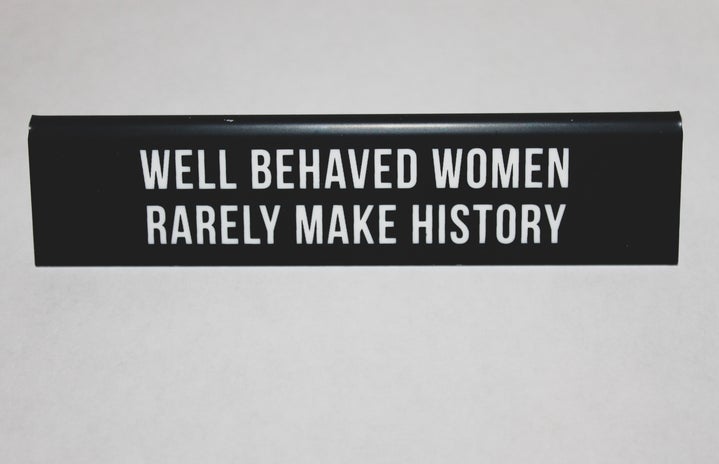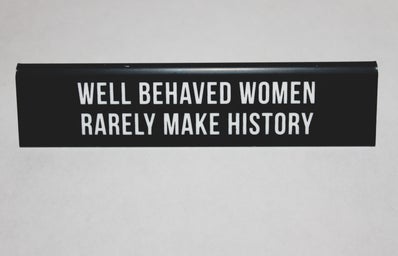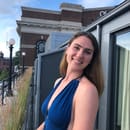The Women’s March on New York City was organized in solidarity with the Women’s March on Washington on Saturday, January 21st. It was officially the first protest I have ever participated in as well as an unforgettable experience I imagine I will be telling my children about in the future. At every corner, side street, and coffee shop the general feeling of self-empowerment and eagerness to bring back women’s equality was palpable.
Four hundred thousand women, men, and children were there fighting, rallying, chanting, demanding for change. More importantly, we were on a mission that united us all. Real change felt possible in that setting, and I felt optimistic for our future having had witnessed it.
Although the march had played an important role in bringing to light women’s rights, it also received criticism for targeting those white, middle-class women that were privileged enough to attend these marches around the nation.
Many remarked that those women that were unable to attend the marches couldn’t afford to take a day off from work and instead had to miss it for work. These same women are overwhelmingly women of color who were underrepresented in many of the marches nationwide.
This is a legitimate criticism of the social instability of the nation, that is currently and has been previously suppressed. New York, however, seemed to offer a more culturally diverse group that attended the march. Since the city is inherently a melting pot of races and ethnicities, and the subway system is so navigable–in this case, transportation wasn’t an issue.
During the march, the traffic and people were at a standstill, unable to move unless someone were to forcefully push through bodies. To my surprise, a mailman was doing his job and delivering packages even in the middle of the protest. He was African American. He couldn’t afford to take a day off from work, the government was funding him. He didn’t have an option while many of the white, members of the upper-middle class attendees did. He couldn’t use his privilege because he was a black man. Other than calling attention to the fact that his masculine, baritone voice could easily be heard by the protestors around him, his race and class were stopping him from participating in a march, that under different circumstances, he probably would have attended.
The women who were there protested issues concerning Trump and his outlandish misogynistic comments. Release of his direct quote about, “grabbing [women] by their p****” was a dealbreaker for many politicians who once supported Trump, and loudly echoed the corrupt patriarchy that has historically attempted to silence women.
Today, Williamstown had their own protest against President Trump’s new immigration ban which restricts immigration from particular predominantly muslim countries. It is a muslim ban neatly wrapped in a governmental rationale that was not signed by the U.S. Attorney General Sally Yates, who was immediately asked to abandon her position by President Trump. The refugee crisis and women’s rights were also prevalent at the protest, and students, williamstown locals, and professors were there holding signs and protesting against white supremacy, misogyny, and other injustices characterized by the Trump administration. The cars that drove by sometimes honked in support of the rally, and therapy dogs walked over to give a sense of relief for the people in the protest. I joined in on their chanting and felt that same electric feel that I felt during the March on NYC. The same chants were echoed, “this is what democracy looks like” and “black lives matter.” Just like the March on NYC, the protesters were multi-cultural and included people of color. It was unapologetically powerful.
Both marches were safe and peaceful, and even though it isn’t necessarily going to solve all the problems in Washington, small or big protests can do a lot of good–locally, and in the long term.


